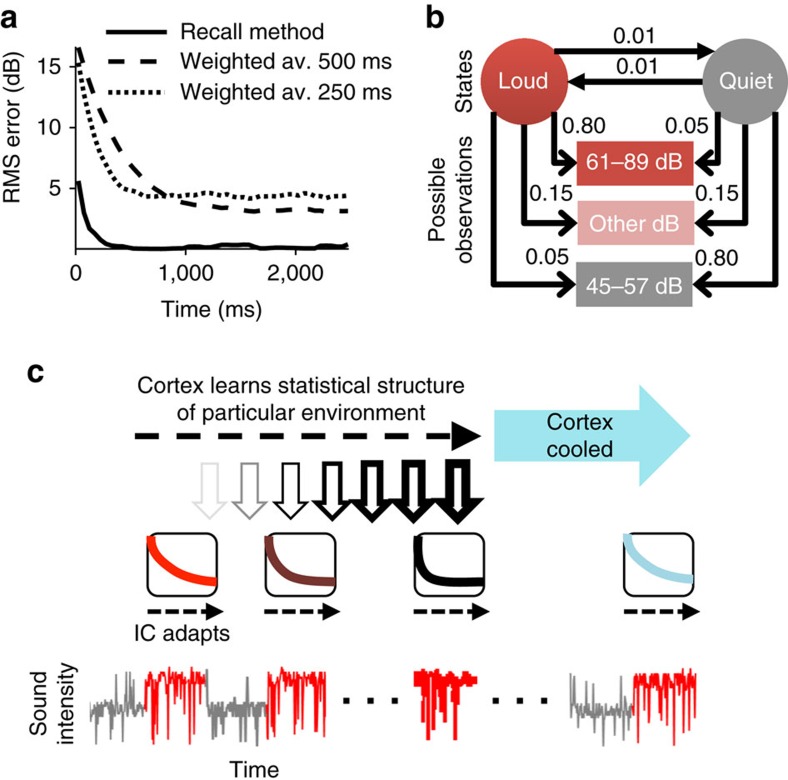Figure 4. Suggested functional implications of adaptation to the mean sound level.
(a) RMS error of estimation of the mean level of the loud environment, as a function of time since the switch to the loud environment. The weighted-average method of estimation: averaging with an exponential with time-constant 500 ms (dashed line), and 250 ms (dotted line). The recall method of estimation: not averaging but recognizing a previously experienced environment (solid line, modelled using a hidden Markov model). (b) Hidden Markov model of switching stimulus. States (circles), possible observations (rectangles), transition probabilities (solid head arrows) and output probabilities (open head arrows). (c) Schematic of the overall hypothesis. When first encountering an environment a simple weighted average method is used to estimate and adapt out the mean sound level; however with experience of the environment, its mean can simply be recalled by the cortex, a faster method that allows for faster adaptation. Cooling the cortex attenuates this phenomenon.

